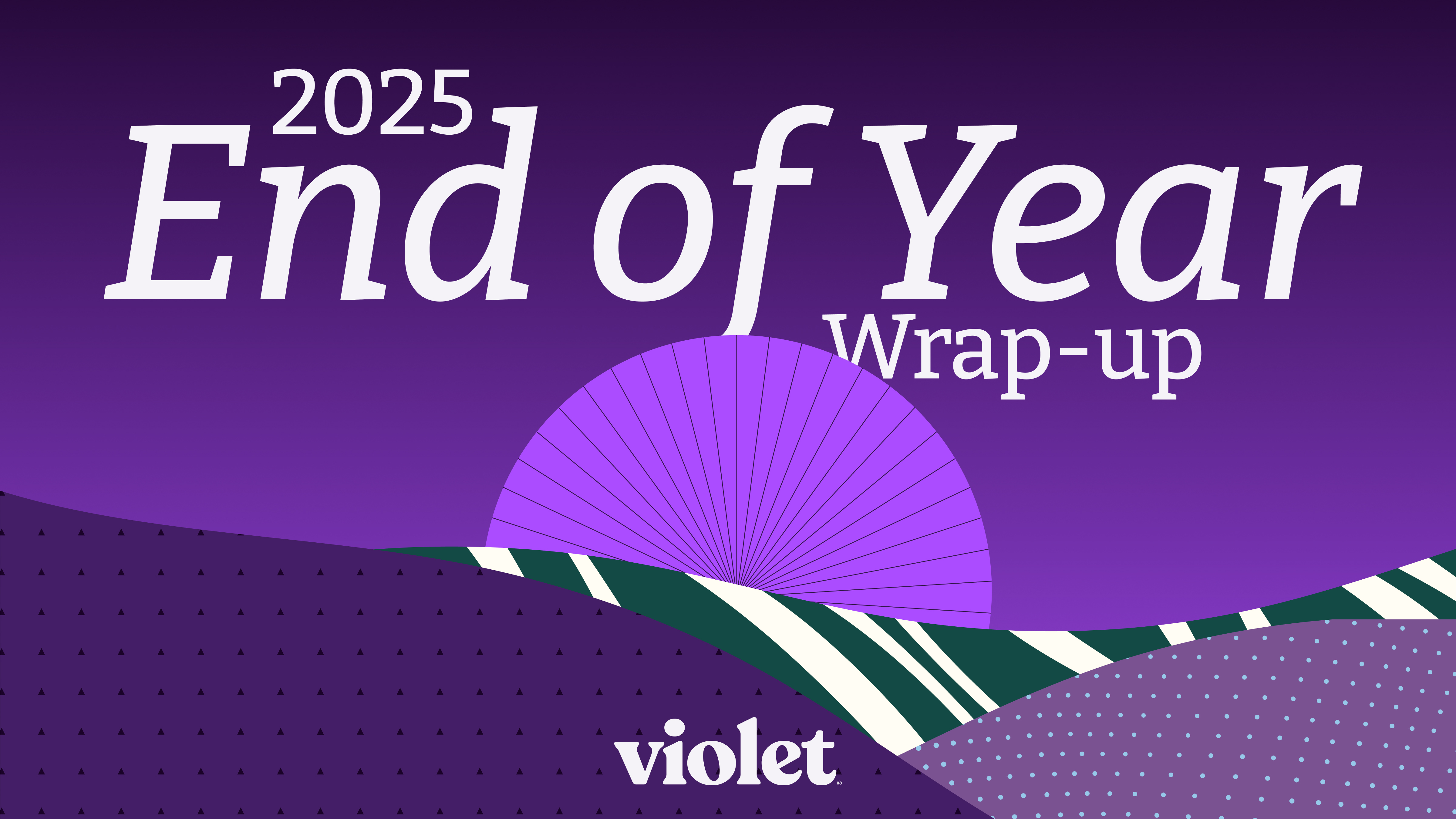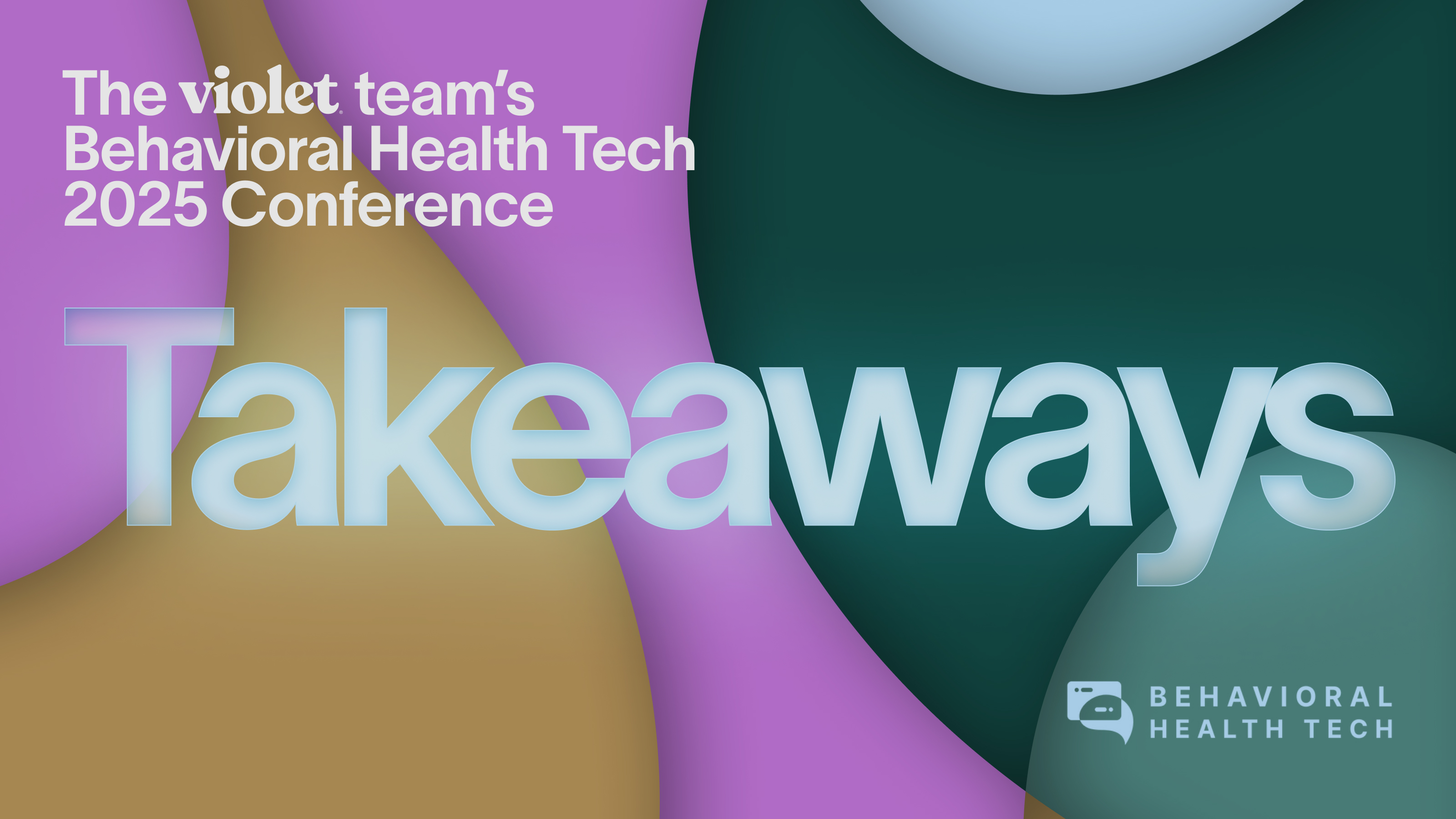One aspect of social identity can be race. While some may find their racial identity validating and unifying—as it designates belonging within a community of people that share similar backgrounds—it can also be a social construct prone to controversy when it is used to generalize, stereotype, or oppress. BIPOC arose from efforts to bring together different races and empower multiple communities while referencing a shared experience with systemic racism.
BIPOC (bye-pock) is a race identity term that stands for Black, Indigenous, and People of Color.
Usage of the term BIPOC began in the 2010s when discussing police brutality. The New York Times reports its first use on social media—specifically, on Twitter—in 2013, although it is unclear whether this was the term’s first actual usage. By the year 2020, BIPOC was widely adopted throughout the United States as evidenced by coverage in the aftermath of George Floyd’s murder.
Individuals and communities who identify as BIPOC note the significance of the term as an indicator of solidarity against systemic racism.
Why do race identity terms matter?
Terms like race and ethnicity are part of an individual’s self-identity, tied to membership within groups formed through kinship and culture.
Researchers have looked at whether membership within groups that are frequently the target of discrimination has a net negative impact on mental health. Findings show that belonging to a group—even when aware of the potential risk of discrimination—has a net positive psychological impact. People do better when they know they are part of a community, even if that community is not well-valued.
It’s important to celebrate cultural diversity and all of the positivity it entails. Rather than victimize or infantilize survivors of oppression, it is important to distinguish humanity and dignity from the wrongdoing of systemic racism above all else.
While it doesn’t replace action to dismantle systemic racism, clinicians should consider using inclusive language as a way to respect and acknowledge lived experience.
Additionally, it is imperative to honor oppressed groups by listening to their insights and letting them define their own identity. According to many proponents, using the term BIPOC is one step in this direction.
The context behind BIPOC.
However, the term BIPOC could be more expansive and inclusive rather than simply Black, Indigenous, or People of Color. Even though culturally diverse communities can be unified under a common celebration of diversity and advocacy work against discrimination, each of these three different groups have had different experiences of racism and oppression.
Black has replaced African American as the preferred term. African American had trended since the 1990s but excludes people of Caribbean descent, Afro Latine/x descent, as well as people who are not American.
As instances of police brutality and other racist encounters against Black people gained coverage in the media throughout the 2010s, other communities noticed the interconnected nature of the impacts of white supremacy, and discussions began to include more diverse populations with similar experiences.
This includes Indigenous people in the United States who have been oppressed and their experiences have been invalidated since the beginning of colonization. Unfortunately, discussions rarely center on this group of people, leaving them somewhere between forgotten and erased. Inclusion of Native Americans and Alaska Natives in the BIPOC term aims to boost visibility and attention on the issues they face.
Person of Color or POC includes people who have Asian, Pacific, Middle Eastern, Caribbean, or Latine/x heritage, as well as those of mixed descent. On its own, POC can be seen to minimize the unique history that Black and Indigenous people have experienced with genocide, racism, slavery, oppression, and erasure.
By combining the three identities into BIPOC, the hope is to address the problems faced by disparate peoples while also accounting for the shared history of systemic racism and abuse faced by Black, Indigenous, and other diverse people in the U.S.
While many celebrate its usage, it’s important to understand that not everyone agrees with the term BIPOC. Podcast host Sylvia Obell remarked in a New York Times article that, “When you blend us all together like this, it’s erasure. It allows people to get away with not knowing people of color and our separate set of issues that we all face. It allows people to play it safe and not leave anyone out, and it also allows you to not have to do the work.”
As with all language, it is important to be mindful and aware of your audience. There is always an element of personal preference to consider with identity terminology, as well as context. There are certain circumstances where it is acceptable to say BIPOC, like when addressing the need for policy change to dismantle racism. On the other hand, when you refer to a specific individual, it is best to ask and respect their individual preference.
Health care challenges faced by BIPOC communities.
Massive disparities exist in health care for BIPOC patients, such as a lack of access to providers as well as poor care delivery. This is well-documented, starting with federally-funded studies. The 2021 National Healthcare Quality and Disparities Report (NHQDR) found that between 28 to 43 percent of their tracked quality measures showed worse health care for various BIPOC communities.
BIPOC populations are far less likely than their white counterparts to get specialty care. Even when research tries to find other factors besides direct bias to account for this, the list includes points like physician shortages in historically BIPOC neighborhoods, greater BIPOC distrust of the health care system due to previous traumas, and the frequent refusal of physicians’ offices to accept Medicaid patients, exacerbating the shortage. Disparity is further increased in rural versus urban areas.
Even more disconcerting is the disparity seen in BIPOC maternal health care as well as in behavioral and mental health care.
BIPOC health disparities at a glance.
1. BIPOC maternal health crisis.
Black and Indigenous birthing people are two to three times more likely to die from complications of pregnancy and childbirth than their white counterparts. Experts say this is the result of many factors beginning before pregnancy because of social determinants of health (SDOH). SDOH thwart BIPOC individuals from accessing health care, housing, education, and more, leading to a higher risk of poor health outcomes.
At times, Black and Indigenous pregnant people do not receive care until the third trimester of their pregnancy, often because there are lower rates of health care coverage. The lack of access is dangerous because it leaves pregnant people more likely to encounter pregnancy complications, like preterm births or low birth weights that may affect their children, resulting in either infant mortality or reduced physical and/or cognitive health.
It comes as no surprise that racism and discrimination factor into social determinants of health that impact BIPOC people throughout their lifespans. It has been reported that discrimination in care settings can lead to poor health outcomes during pregnancy and childbirth too.
2. Heart disease in BIPOC communities.
One of the leading conditions driving mortality among Black birthing people is heart disease.
According to the American Heart Association, approximately 1 in 2 Black women has heart disease—including cardiovascular disease and high blood pressure—but only 20 percent of Black women think they are at risk. About 50,000 black women die each year from heart disease, which is more than the other three leading causes of death in the U.S. for Black women: breast cancer, lung cancer, and strokes. Once again, social determinants—like limited access to care and education, high stress and poor quality of life—drive poor health outcomes.
3. BIPOC depression and anxiety.
A widely cited 2015 statistic shows that among adults with mental illness, 48% of white people receive mental health care, compared to only 31% of Black and Latine/x people and just 22% of AAPI individuals. The actual percentage of people with mental illness receiving care in BIPOC communities is likely even smaller, since many cases go undiagnosed due to stigma and limited access to care.
In fact, for many years it has been known that incidences of depression are likely higher in BIPOC populations than in white communities. A 2003 study found the rate of major depression to be 10.8% in Latine/x groups and 8.9% in Black groups, as opposed to 7.8% in white groups.
Less than two percent of American Psychological Association (APA) members are Black, which begs the question: are clinicians culturally competent enough to effectively treat BIPOC populations?
According to the American Psychiatric Association, "the lack of cultural understanding by health care providers may contribute to underdiagnosis and/or misdiagnosis of mental illness in people from racially/ethnically diverse populations”. Factors that contribute to these kinds of misdiagnoses include language barriers, cultural presentation of symptoms, and the stigma of mental illness among BIPOC groups.
BIPOC research and trends.
Medical and scientific communities are currently in the process of documenting health care inequity in terms of specific patient populations, provider specialties, and conditions being treated so that they can build frameworks for lasting intervention and health equity.
Violet is leading the way with our benchmarking solution to assess cultural competence in clinicians, providing targeted education, upskilling, and credentialing. We have already witnessed results with inclusivity among behavioral care providers receiving training to inform identity-centered care journeys, resulting in increased patient retention at 3x the industry standard on day 60 of care.
Institutional knowledge benefits from inclusivity. There has been a global initiative, including 50 publishers and over 15,000 journals, advocating to reduce racial bias in research. Authors, reviewers, and editors are advised to submit their race or ethnicity as part of their profile. From there, publishers can pinpoint biases in the editing or review process. Gathering this data can inspire diversity-driven research, expose a lack of diversity among researchers, and can lead to more research opportunities for BIPOC scholars.
Big research institutions like the Fred Hutchinson Cancer Center are considering not only workplace diversity but also how to increase BIPOC representation in clinical trials. Proposed frameworks all center around active outreach to BIPOC communities, which has been lacking until now. These efforts can help drive BIPOC participation in research, as well as representation during the testing of therapeutic solutions—ensuring that medication, technology, and other treatments work for everyone.
Acknowledging the overlapping and distinct challenges imposed by social determinants of health on BIPOC communities is the beginning of offering culturally competent care. Education is vital to make a change in care settings, whether it’s increasing cultural competence in existing clinicians or increasing BIPOC representation among your care delivery team.
Book a demo with Violet to see how we can upskill and credential BIPOC cultural competence in your care delivery team today. Let’s start building health equity, one clinician at a time.

.svg)





.png)



.png)

.svg)



.svg)

